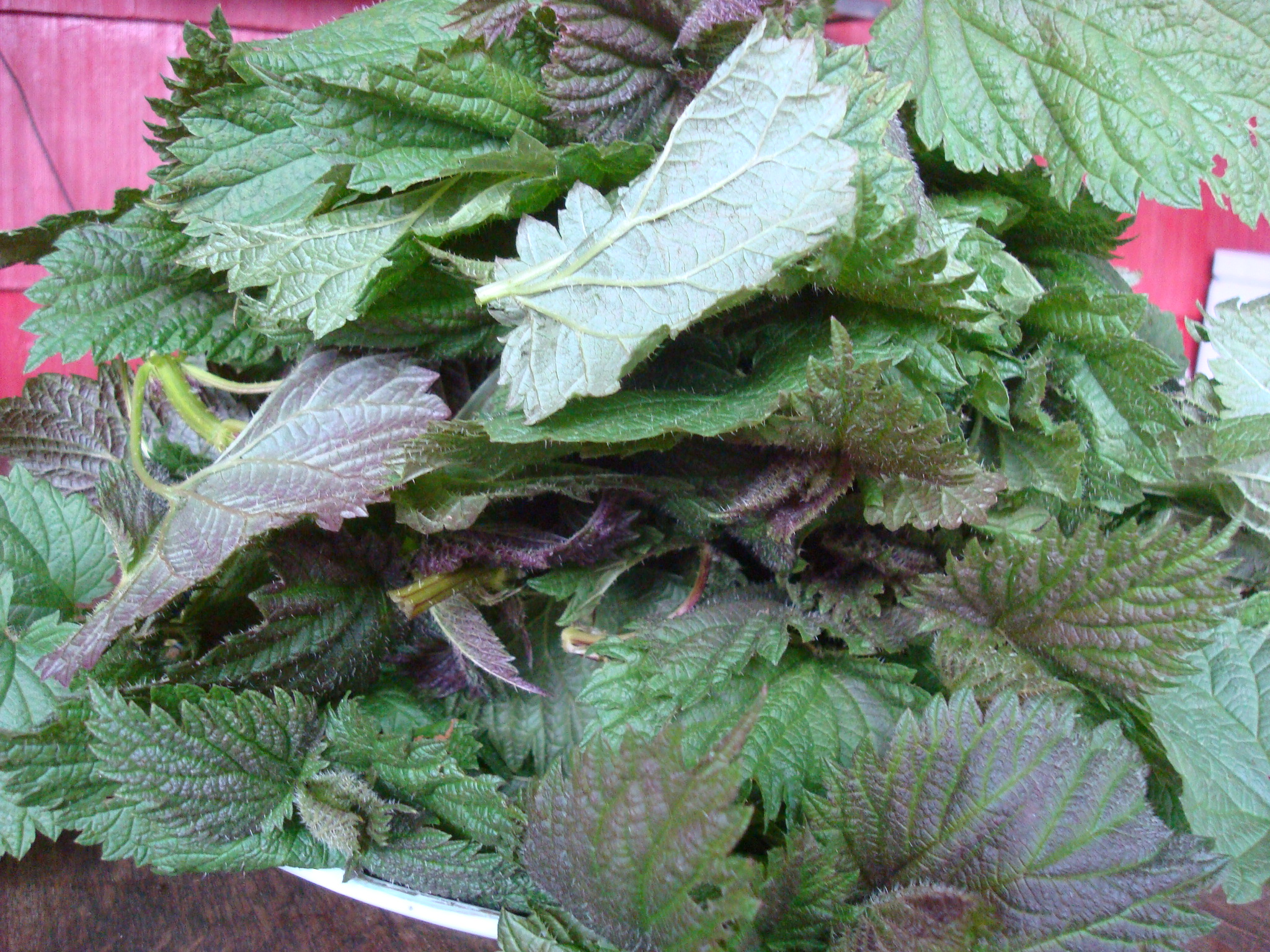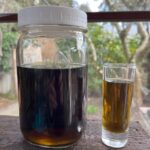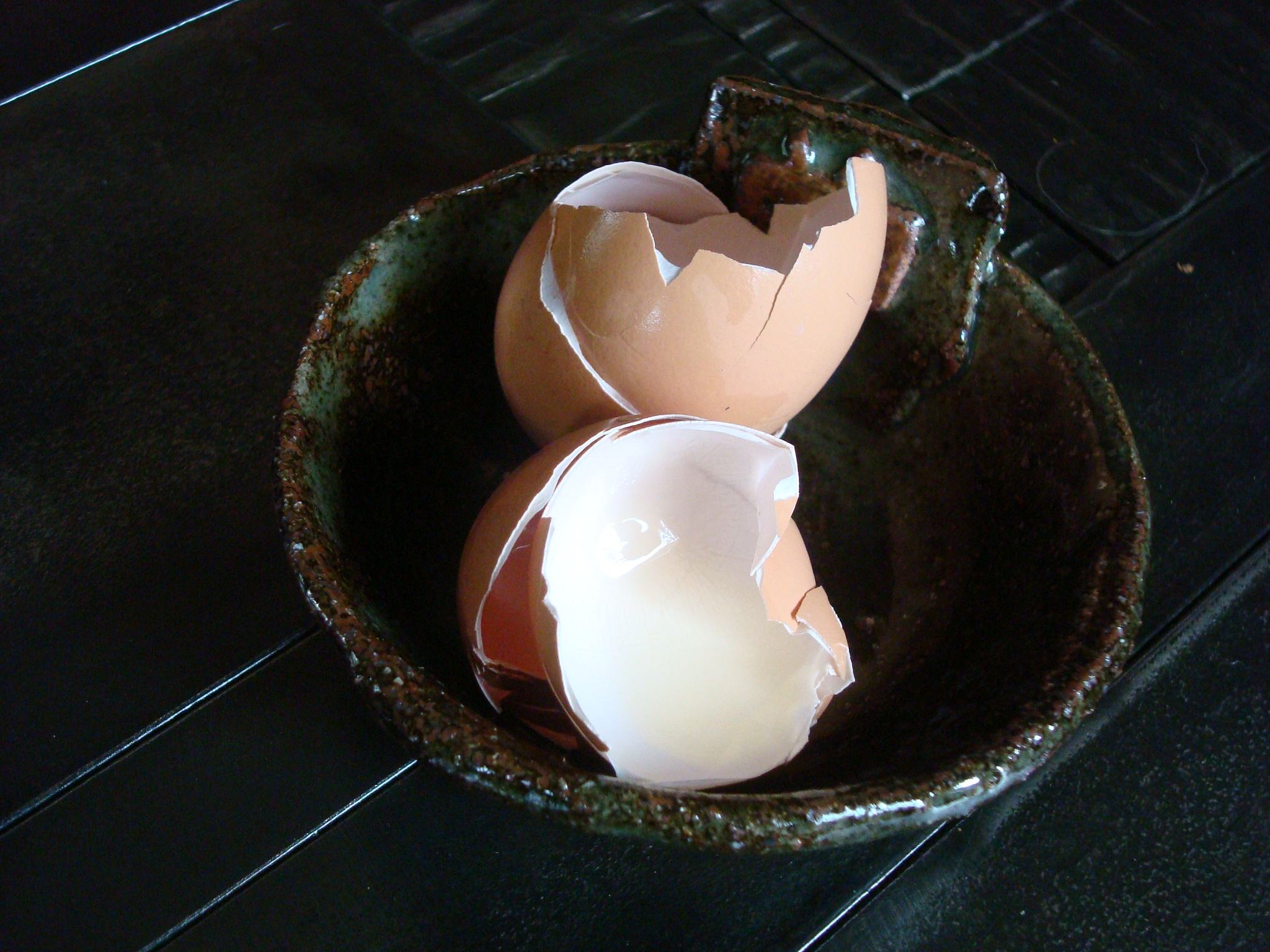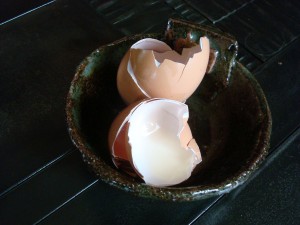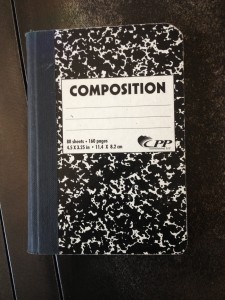 I went to my GP, Dr. William Shaul, at Group Health today. As we sat together discussing my current concerns in the exam room, he, sitting on the black stool in a pink-stripped shirt, was, as I have come to expect, very attentive. Even though he was trying to get a read on my issues, I couldn’t resist diagnosing him. You see, he is a heart type in Chinese Medicine, with the classic physical characteristic of a round, bald head and red tinged skin; however, the warmth in his eyes and genuineness in his laughter is what really gives his elemental type away. Just as I get his type, he gets mine. I’m the kind of patient who is primarily interested in practicing self-trust when it comes to dealing with my health issues. Respectfully and tactfully, he offers suggestions, tests, and diagnostic scans but doesn’t judge me for not choosing them. Or when I do, he promptly facilitates their procurement. After he thoroughly and expeditiously handles all the medical business, he usually asks me for the real tell, “So, what books are you reading these days?” And, that’s when we get down to the business of talking about our real fix: literature. My husband, Craig, on his medical appointments, also shares his own love of books with Dr. Shaul; they, both voracious readers of the same genre of guy-lit, have a lot to discuss on his infrequent visits too.
I went to my GP, Dr. William Shaul, at Group Health today. As we sat together discussing my current concerns in the exam room, he, sitting on the black stool in a pink-stripped shirt, was, as I have come to expect, very attentive. Even though he was trying to get a read on my issues, I couldn’t resist diagnosing him. You see, he is a heart type in Chinese Medicine, with the classic physical characteristic of a round, bald head and red tinged skin; however, the warmth in his eyes and genuineness in his laughter is what really gives his elemental type away. Just as I get his type, he gets mine. I’m the kind of patient who is primarily interested in practicing self-trust when it comes to dealing with my health issues. Respectfully and tactfully, he offers suggestions, tests, and diagnostic scans but doesn’t judge me for not choosing them. Or when I do, he promptly facilitates their procurement. After he thoroughly and expeditiously handles all the medical business, he usually asks me for the real tell, “So, what books are you reading these days?” And, that’s when we get down to the business of talking about our real fix: literature. My husband, Craig, on his medical appointments, also shares his own love of books with Dr. Shaul; they, both voracious readers of the same genre of guy-lit, have a lot to discuss on his infrequent visits too.
When I was my mother’s caregiver, I went to see Dr. Shaul for a routine check up when the weariness and stress was at its highest, most crushing level. After hearing my story and asking questions, he wrote orders for metabolic and blood panels, but it was his next set of recommendations that set this doctor apart from every other. He handed me a list of five books on caregiving, most written by caregivers themselves. After reading over the list, I asked, “Is this my prescription?” He laughed and said compassionately, “Yes. It might help.”
That prescription of books was narrative medicine at its finest. I read all the books Dr. Shaul recommended only to find that not one writer really exposed the rigor and risks I experienced as a caregiver. Understandably, most caregivers either are dead, too exhausted or shut down to their own experience to ever give voice to it. This prompted me to start working on my own manuscript with the goal of shedding light on the interior life of a caregiver.
Dr. Shaul could not have known at the time when he prescribed his book medicine that it would be a springboard into intensive reckoning and reflection, not only about taking responsibility for my mother’s life, but ultimately, my own too.
He belongs in the tradition of healers who treat their patients with a good story. Now, that’s a remedy I will gladly take.
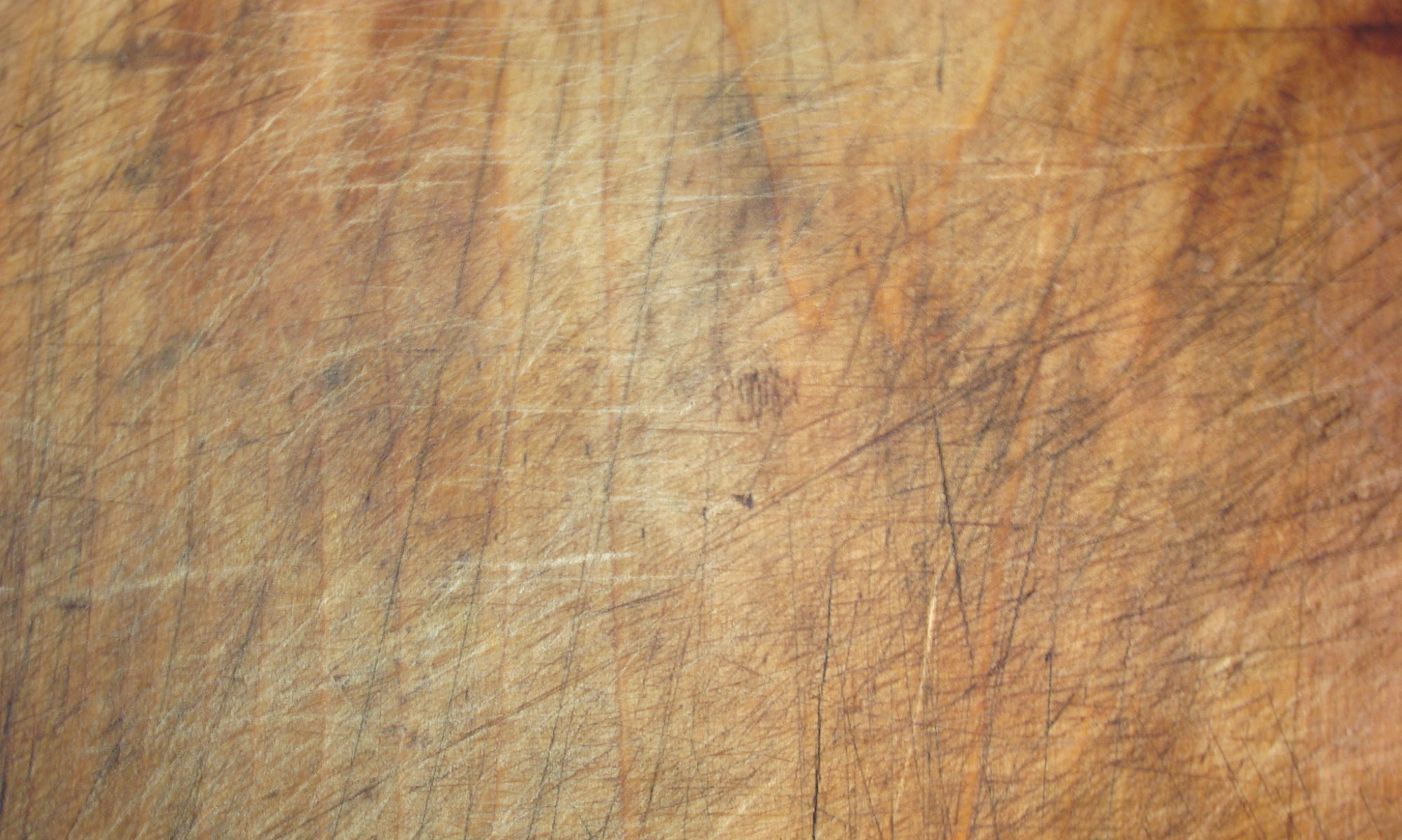


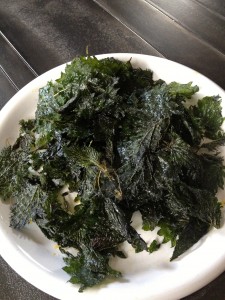 In my
In my 